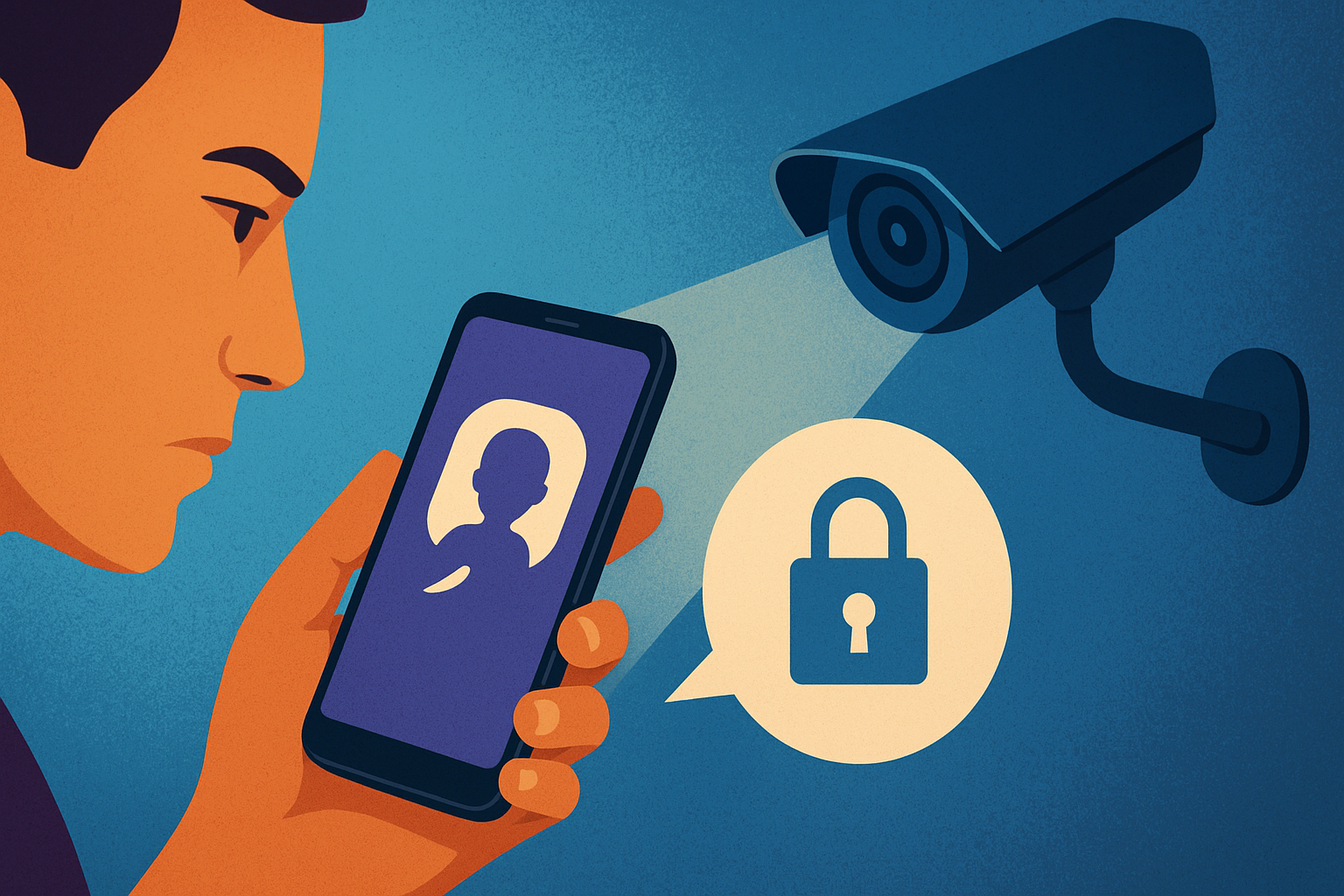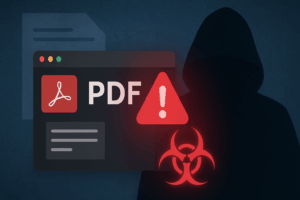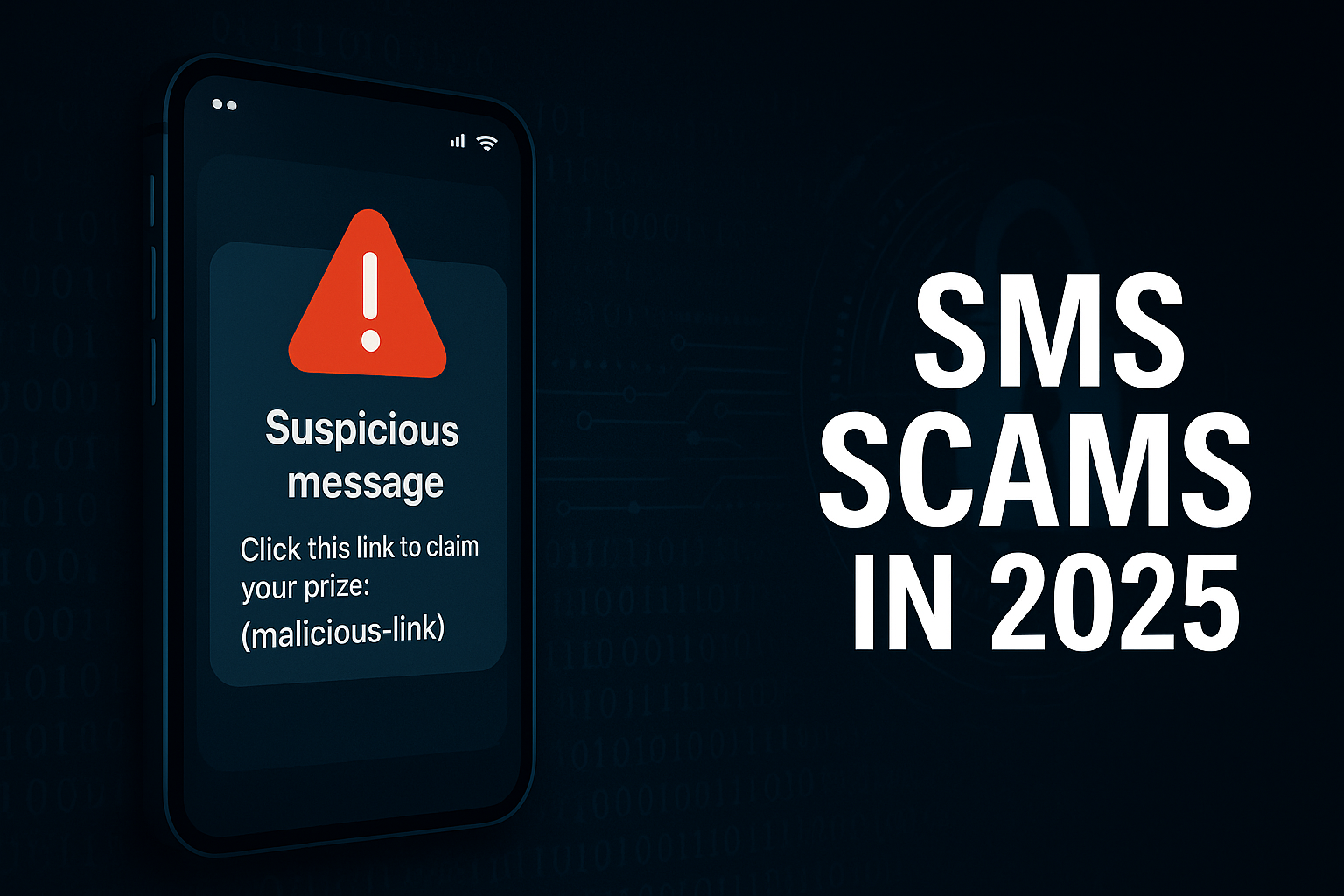When we talk about online safety, few topics are as sensitive—and as urgent—as protecting children from exploitation. It’s hard to argue against stronger measures that prevent harmful content from spreading. This is the very foundation of the European Union’s upcoming law, often referred to as Chat Control.
At first glance, it sounds simple: give authorities the tools to detect and stop the distribution of child sexual abuse material online. But as with many things in technology and law, the details tell a much more complicated story.
The Promise of Protection
The motivation behind Chat Control is deeply human: keeping children safe. Supporters argue that without proactive detection, vast amounts of abusive content will continue to circulate undetected. By obliging tech companies to scan communications, the EU hopes to close the gap between abuse happening and law enforcement being able to intervene.
For parents and guardians, this might feel like a necessary step forward. After all, who wouldn’t want better safeguards against one of the darkest corners of the internet?
The Hidden Costs
But here’s where the reflection begins. To achieve this level of monitoring, platforms might need to scan every single message, photo, and file shared by users—sometimes even before those messages are encrypted.
That raises unsettling questions:
- What happens to privacy when every conversation could be scanned?
- Can we still call it end-to-end encryption if the app itself is checking our messages before sending them?
- And once such scanning systems exist, what stops them from being used for other purposes—political dissent, journalism, or simple “unwanted” speech?
The road to surveillance often starts with good intentions. But history shows us that once a system of mass monitoring is in place, expanding its use becomes all too easy.
Security Paradox
There’s also a paradox at play. The law is designed to make us safer, but in doing so it might make the digital world more dangerous.
End-to-end encryption isn’t just a technical feature—it’s a cornerstone of modern cybersecurity. It protects everything from banking apps to private medical conversations. Weakening it, even a little, creates vulnerabilities that can be exploited not just by governments, but also by hackers, cybercriminals, and hostile states.
So we are left to wonder: are we protecting children at the cost of exposing everyone else?
The Human Factor
Even if we set aside the technical risks, there is the issue of trust. People use private messaging services because they expect confidentiality. If users begin to suspect their every photo, joke, or note is being scanned by algorithms, how will that change the way we communicate?
False positives—when innocent content is mistakenly flagged—are inevitable. And with billions of messages sent every day, even a tiny error rate could result in countless people being investigated for no reason.
Imagine explaining to authorities that the picture of your toddler in the bath was innocent. That’s not just a technical problem; it’s a deeply human one.
Where Do We Draw the Line?
The debate around Chat Control is not simply about child protection versus privacy. It’s about the kind of digital society we want to live in.
Do we accept constant scanning of private communications if it means catching more criminals?
Or do we prioritize strong encryption and accept that law enforcement will sometimes struggle to access evidence?
There is no easy answer. Both sides have valid concerns, and both are grounded in a desire for safety.
A Call for Balance
What seems clear is that the conversation must go beyond political slogans. A balanced approach might include:
- Strong legal safeguards against misuse.
- Clear protection for encryption technologies.
- Targeted investigations instead of mass surveillance.
- Transparency from both governments and tech companies.
The challenge is finding a way to protect children without compromising the rights and security of everyone else.
Chat Control forces us to ask difficult but necessary questions. Are we willing to trade privacy for safety? And if we are, how much is too much?
Technology can give us powerful tools, but it cannot solve moral dilemmas on its own. As users, as parents, and as citizens, we need to stay engaged in this debate—because once the balance between safety and freedom tips too far, it may be very hard to tip it back.







